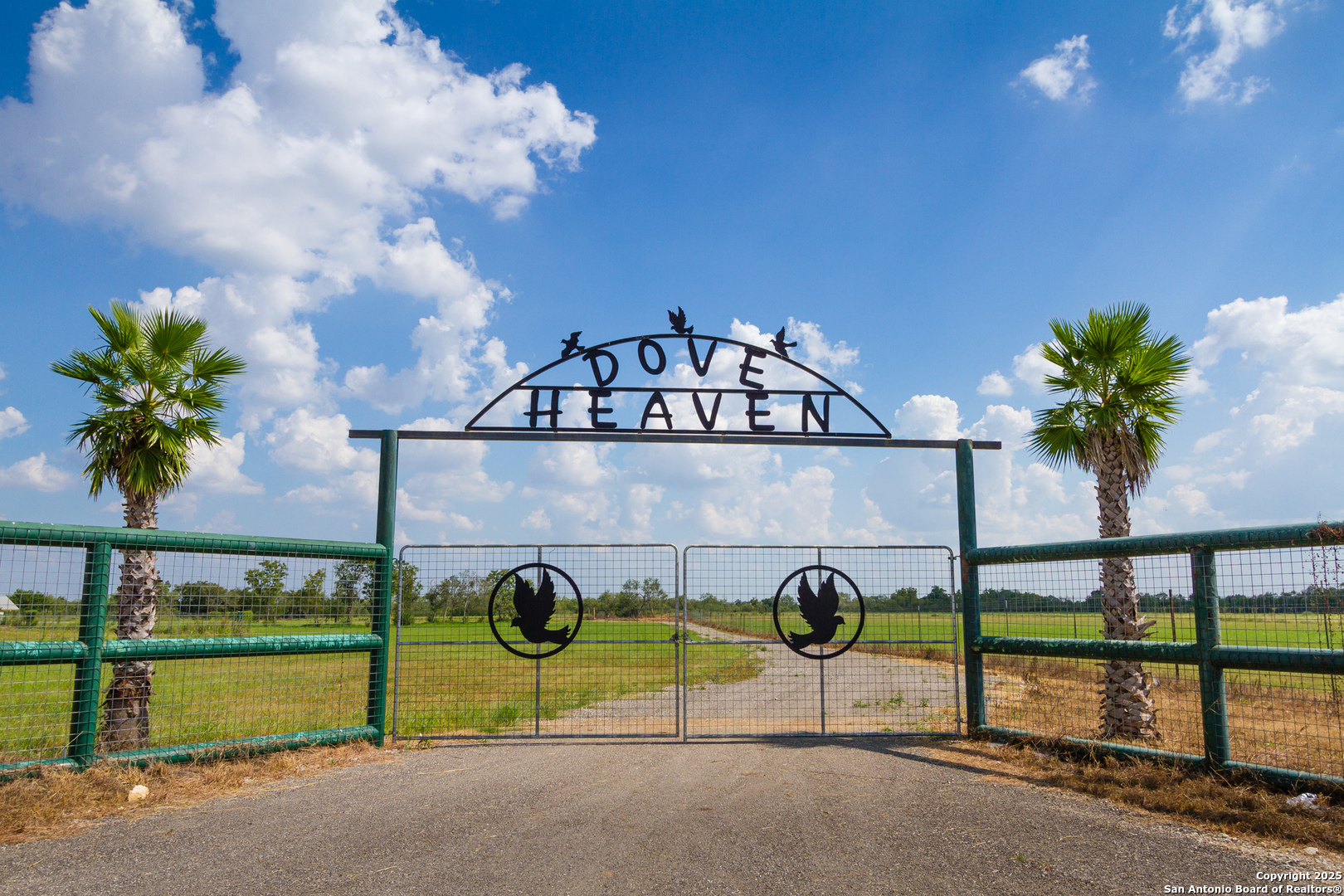January 40°F
July 97°F
Atascosa County has a rich history that dates back to its establishment in 1856. The area was initially inhabited by Native American tribes, including the Coahuiltecan and Apache, before Spanish explorers arrived in the 18th century.The county's name, derived from the Spanish word "Atascosa," meaning "boggy," reflects the area's early landscape. Over the years, the county has evolved from a frontier region into a thriving agricultural hub, with its towns and communities preserving the historical heritage through various landmarks and museums.
GEOGRAPHY
Atascosa County is located in South Texas, encompassing a diverse landscape that includes rolling plains, fertile farmlands, and scenic riverbanks. The county is part of the San Antonio metropolitan area, lying to the south of Bexar County. The Atascosa River and its tributaries traverse the region, providing essential water resources for agriculture and wildlife. The soil in the county is particularly well-suited for farming, supporting a variety of crops such as peanuts, watermelons, and grains.
AGRICULTURE
Agriculture plays a pivotal role in Atascosa County's economy and lifestyle. The county is renowned for its production of peanuts, watermelons, and grains, thanks to its fertile soil and favorable climate. Ranching is also a significant part of the agricultural landscape, with numerous cattle operations contributing to the local economy. Farmers and ranchers in Atascosa County are known for their innovation and sustainability practices, ensuring that agriculture remains a vital and thriving industry in the region.
WILDLIFE
Atascosa County is a prime destination for hunters, offering a variety of game species that thrive in its diverse landscapes. Whitetail deer are one of the most sought-after game in the county, drawing hunters from across the region with their healthy populations and impressive antler sizes. Additionally, the county is home to javelina, quail, dove, and other native species.





















